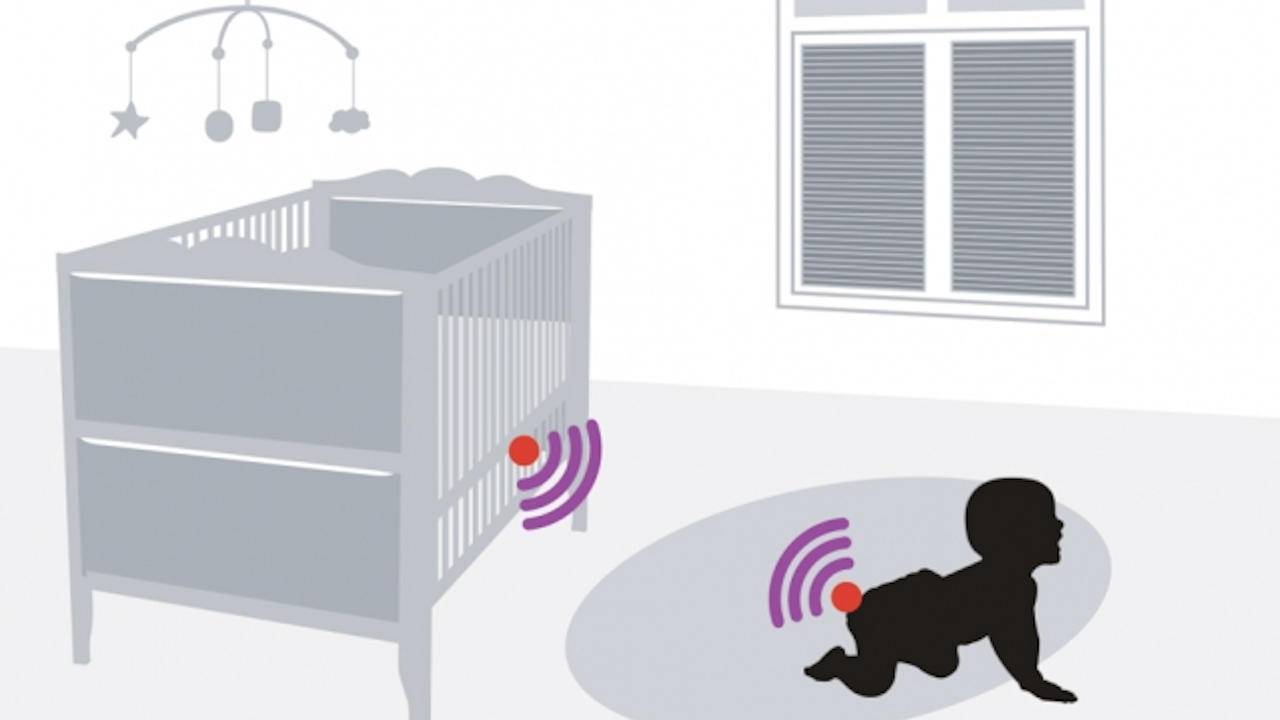

Image: Slashgear
MIT Researchers have designed a low-cost disposable smart diaper that alerts parents/caregivers when wet. It is a common scenario for babies to roam around wearing wet diapers for a log without complaining. Also, it is not possible for the parents to frequently check the diapers. In such cases, the babies suffer from rashes and other skin related ailments when worn for a long time. The new smart diapers designed by MIT researchers alerts the parents/ caregivers, the instance diapers get wet. So, they can thereby change the wet diapers instantly and replace them with the fresh ones. In a nutshell, it eliminates the chances of any health complications in babies due to the wet diapers.
Although the market is flooded with several Smart diapers, albeit, they are costly and not economically feasible. They are Bluetooth or wireless-enabled and have devices attached to the diaper’s exterior. Also, they are packed with bulky batteries to facilitate long-range connections to the internet. These sensors are reusable, and hence they can be removed from the wet diapers, washed and can be attached to a new diaper. It is estimated that such smart diapers retail at $40 and is quite a costly affair in the long run. Then others feature stickers and change colours when wet. However, they are quite complicated as it involves the parents or caregivers to remove multiple layers of baby clothing frequently. On the other hand, the MITs low-cost disposable smart diaper cost only 2 cents and are disposable.
Also Read: Coronavirus “Close Contact Detection App” alerts Users to Stay Away From Infected Patients
The new MIT’s smart diaper with RFID tags is quite easy to operate and does not need any batteries to function. They receive energy in the form of radio waves emitted from the RFID reader. An RFID tag comprises two elements that include an RFID antenna and an RFID chip. The MIT design comprises a moisture sensor embedded in the smart diaper. The sensor with the RFID tag is enclosed in an absorbent material like hydrogel to soak up moisture. When the hydrogel becomes wet, the material expands and becomes conductive. Then it triggers an RFID tag to send a signal to the nearest RFID reader placed about the distance of 1 meter. This, in turn, sends a notification to the smartphone or a computer.
iEV motors from Denmark has manufactured a pod-sized 78 cm iEV Z modular electric car.…
Garena free fire - Illuminate is a multiplayer battle royal mobile game. The app is…
The stressors of adult life can take a serious toll on your brain and make…
Men often experience a lot of irritation and embarrassment due to the unwanted growth of…
Web application architecture describes the relationship between servers, databases and applications. All web applications are…
Gone are the days when mobile phones come in handy only for voice calling and…